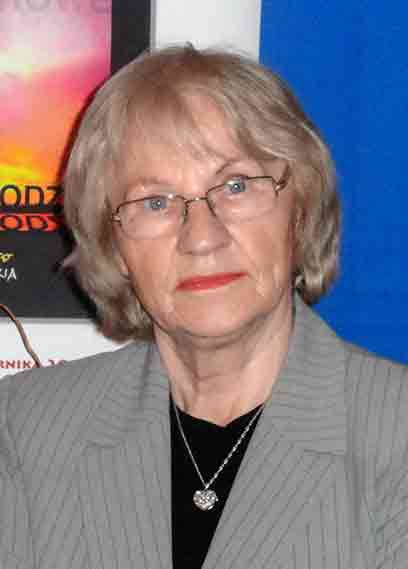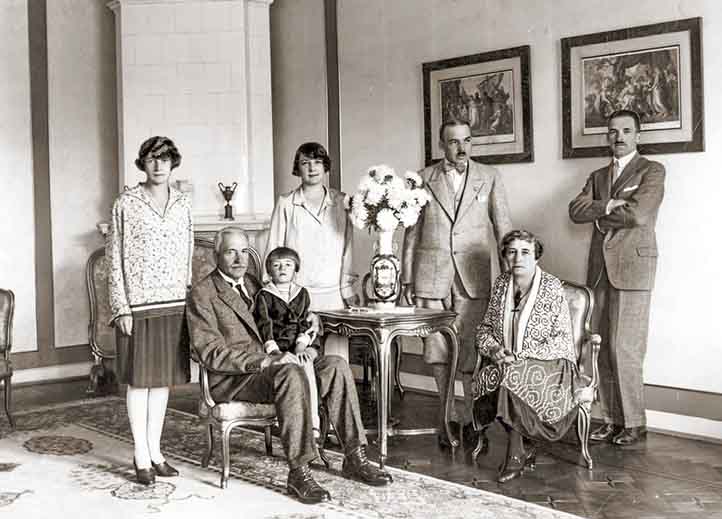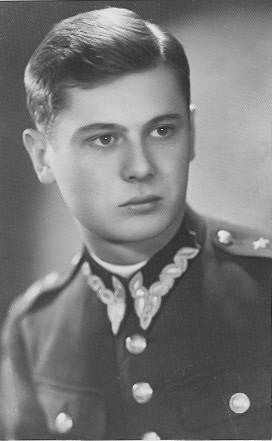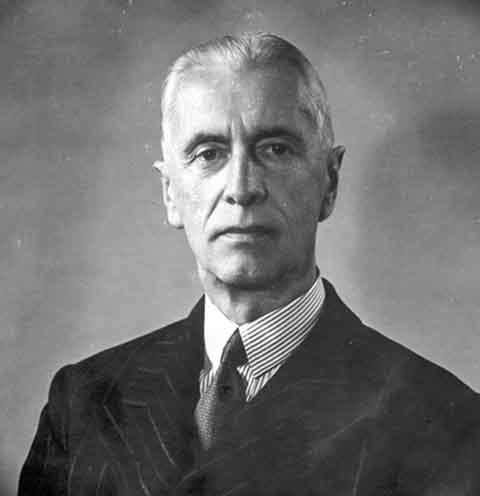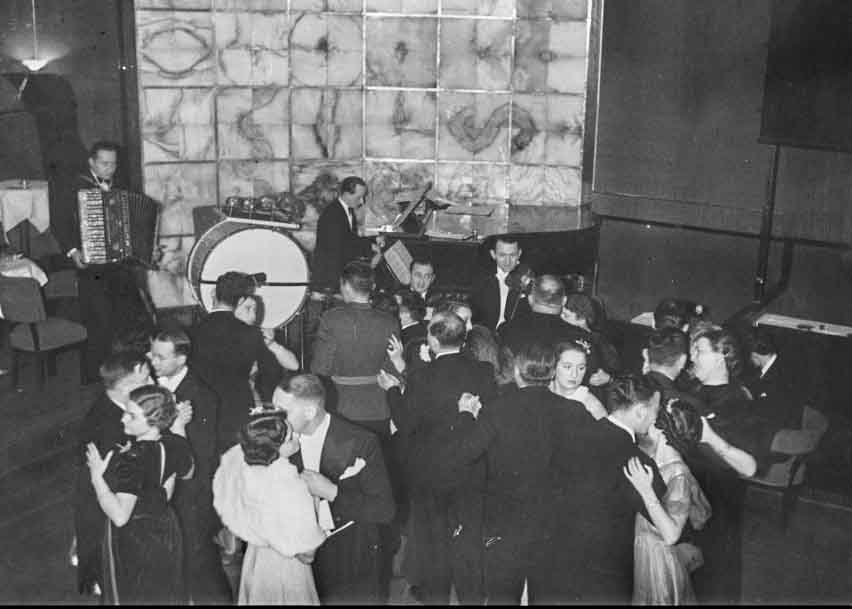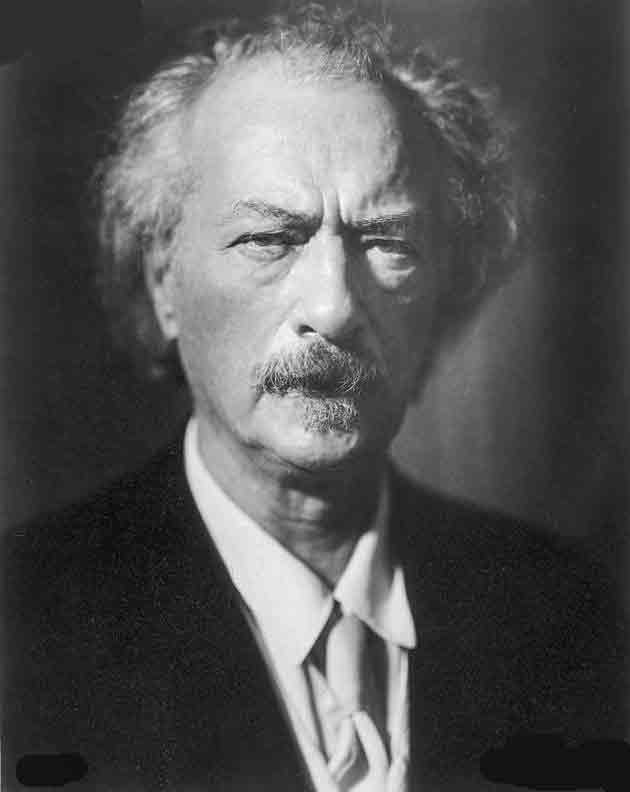«Kuryer Polski» would like to present the history of Polish statehood, which often extended beyond the territory of the Republic of Poland and into the boundaries of the residence of the Polish diaspora, formerly known as Polish emigration. We start with the most important office in the Polish state — the office of the President of the Republic of Poland.
The president is the first person in the state. This means that due to the position held and the tasks performed, he is the head of the state, holds the highest position in the system of state organs, is the highest representative of the state in internal and external relations, and is a symbol of national and state unity.
Until the complete fall of Poland in 1795, such a function was performed by elected kings, which was a phenomenon in Europe at that time.
After regaining independence in 1918, Poland adopted the name of the Second Republic of Poland and officially, for four years, the highest power was exercised by the Chief of State, Józef Piłsudski. At that time, the most important thing was to stabilize the borders, organize the state administration and build the foundations of the economy.
Gabriel Narutowicz
The work on the restoration of Polish statehood was undertaken by the most talented Poles who were returning from exile and who gave up positions at universities and in the administrations of the countries in which they resided, for the sake of working for Poland. One such man was the first president of the Second Polish Republic, Gabriel Narutowicz.
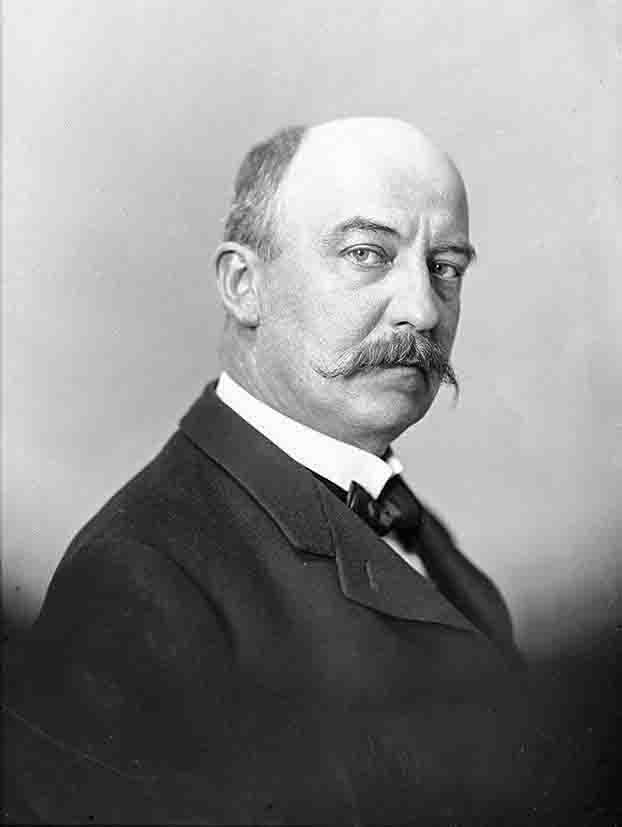
Gabriel Narutowicz (1865-1922). Source: Wikipedia.
He was born in Żmudź (today's Lithuania) in the family of a January insurgent. After graduating from gymnasium, he enrolled at the University of St. Petersburg at the Faculty of Mathematics and Physics. Soon, due to his health condition, he moved to Switzerland and studied in Zurich. After graduating from the polytechnic, he was an engineer and constructor.
His first job was at St. Gallen in Northeast Switzerland. He was quickly promoted to higher and more responsible positions. He dealt with the regulation of rivers, construction of railroads and waterworks. In 1895 he was appointed head of the regulation section of the Rhine. His works won awards at the International Exhibition in Paris in 1896. He also gained fame as a pioneer in the electrification of Switzerland. He managed the construction of many hydroelectric plants in Western Europe: in France, Italy and Spain. In 1907 he became a professor at the Department of Hydroengineering at the Technical University of Zurich. He was also a member of the Swiss Water Management Committee. In 1915, he became chairman of the international regulatory commission of the Rhine.
Despite his Swiss citizenship, he always stayed close to Polish affairs. During World War I, he participated in the work of the Swiss General Committee for Aid to War Victims in Poland. In 1919 he returned to Poland because he felt needed by Poland and wanted to contribute to the reconstruction of his homeland. He managed great projects. He was the minister of public works, started working on the regulation of the Vistula River, supervised the construction of the hydroelectric power plant on Soła in the town of Porąbka. From 1922 he was the minister of foreign affairs. After the final formation of the borders and the introduction of the constitution, which historians call the March Constitution of 1921, the preparations for the presidential elections began. They were of an indirect nature. The elections were made by the members of the Sejm. There were five candidates for the presidency, aside from Gabriel Narutowicz. Each of them was an exceptional individual.
- Ignacy Daszyński represented the socialist party, was the prime minister of the Lublin government (1918), deputy prime minister in the Government of National Defense (1920–1921), and a distinguished independence activist.
- Stanisław Wojciechowski was a co-founder of the Polish socialist movement. He stayed in exile in Switzerland, England and France. He is considered to be the founder of the foundations of trade unions and a promoter of the idea of the cooperative movement. During World War I, he was a member of the Polish National Committee. He worked closely with Józef Piłsudski and from 1920 he was the minister of internal affairs.
- Jan Baudouin de Courtenay was then considered the most outstanding linguist. He was also an outstanding thinker of the turn of the 19th and 20th centuries: a pacifist, supporter of the fight for environmental protection, feminist, fighter for progress in the field of education, and a free thinker.
- Maurycy Zamoyski came from the Polish aristocracy, he was the largest landowner. His estate was 190,900 hectares. He was a patriot and an art lover. He chaired the construction committee for the Fryderyk Chopin monument in Warsaw (1902-1919). He was a politician and diplomat involved in regaining independence, a member and vice-president of the Polish National Committee, a member of the delegation to the Paris conference at which Polish matters were at stake. In the Second Polish Republic he was an MP and minister of foreign affairs.
- Józef Piłsudski — refused to run.
Count Zamoyski and Gabriel Narutowicz ultimately faced off in the fifth round of the elections. Gabriel Narutowicz won with the help of votes of the left and those of national minorities, 289 to 227.
He had ambitious plans to create an extra-parliamentary government and to reform Poland, but he failed to implement any of these plans. A great campaign was launched against the president-elect. On the fifth day of his office, December 16, 1922, during the opening of an exhibition in the Warsaw "Zachęta" gallery, he was shot by the assassin Eligiusz Niewiadomski.
In extraordinary situations, the role of the head of state is performed by the Marshal of the Sejm. At that time, Maciej Rataj was the Sejm's senior and he scheduled the next elections for December 20, 1922. This time the candidates for the presidency were Stanisław Wojciechowski, Kazimierz Morawski and Władysław Sikorski. The decision was made in the first round. Stanisław Wojciechowski won by the vote of 298 to 221.
Stanisław Wojciechowski
The second president of the reborn Poland had a different past than Gabriel Narutowicz. Like his tragically deceased predecessor, he came from a patriotic family, he was the son of a January insurgent, but he did not pursue any academic career. He graduated from the classical gymnasium in Kalisz and began studies at the Faculty of Physics and Mathematics at the University of Warsaw. He quickly became involved in the workers' movement and from 1993 he collaborated with the PPS (Polska Partia Socjalistyczna, Polish Socialist Party) and Józef Piłsudski.
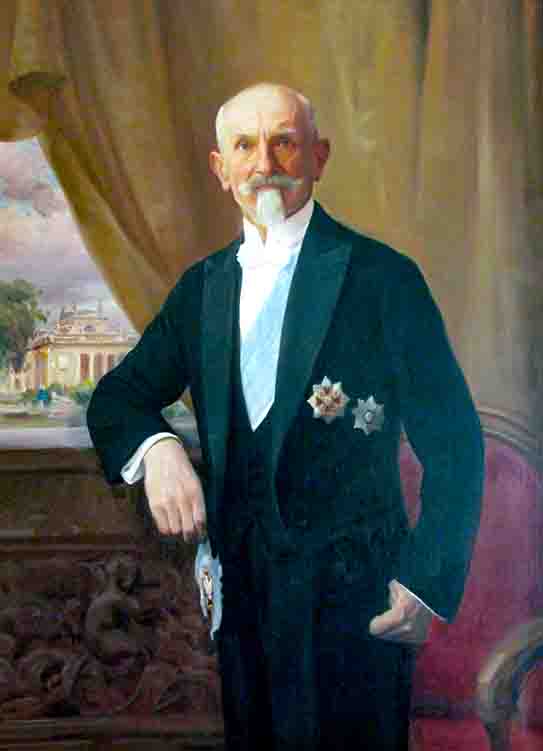
Stanisław Wojciechowski (1869-1953), portrait by Kazimierz Dunin-Markiewicz (Source: Wikipedia)
In exile, his main source of income was typesetting, which helped him a lot in his underground activities. Together with Piłsudski, he edited the socialist newspaper Robotnik (The Worker). He was imprisoned twice, often changing his place of residence. After the revolution of 1905, under the announced amnesty, he returned to the country and became active in the cooperative movement. He edited the cooperative magazine "Społem". In 1908, he organized the first congress of the consumer cooperative movement. During World War I, he was very involved in patriotic and political activities. He tried to reconcile the circles of Polish socialists, nationalists and democrats.
In December 1918, Stanisław Wojciechowski acted as an intermediary between Piłsudski and the Polish National Committee working in Paris. When asked by the Governor, whether he would be interested in a position in the government, Wojciechowski replied that "his qualifications are too modest to cover any government portfolio, but as a last resort, in the absence of other candidates, he considered the work on starting local government and maintaining order in the country to be his closest interests and corresponding to his talents.”
On January 1, 1919, he took over the leadership of the Ministry of Internal Affairs in the government of Ignacy Paderewski. He held this office until June 1920. After resigning, he worked in the presidium of the Council of Ministers on the March constitution. In December 1922, he was a candidate for the presidency. He became one on December 20, 1922 after the tragic death of Gabriel Narutowicz.
In his message to the nation, after taking the presidential oath, he said the words that are important and current today:
On behalf of the Republic of Poland, I call to you, citizens, become inclined to consent in matters of the common good, it (CONSENT) is the first condition for the faithful implementation of the constitutional law, healing economic life and civic education worthy of the Polish name.
President S. Wojciechowski was an active politician involved in government affairs. He supported the extra-parliamentary offices of Władysław Sikorski and Władysław Grabski. He upheld the constitution and despite many years of cooperation with Józef Piłsudski, he did not support the May coup. Not seeing the possibility of further holding the office, on May 14, 1926, he handed his resignation to the Marshal of the Sejm, Maciej Rataj.
After the May coup, on March 31, 1926, the National Assembly elected Józef Piłsudski as President of Poland by a vote of 292 to 193, but he did not accept the proposal to take office and put forward the candidacy of Ignacy Mościcki. The scientist, unknown in politics, won the elections in the second vote and on June 4, 1926 he was sworn in as the third president of free Poland.
Ignacy Mościcki
Ignacy Mościcki is an exceptional figure. He went down in history as president, but he earned the greatest merits for Poland and beyond as a scientist: a brilliant chemist.
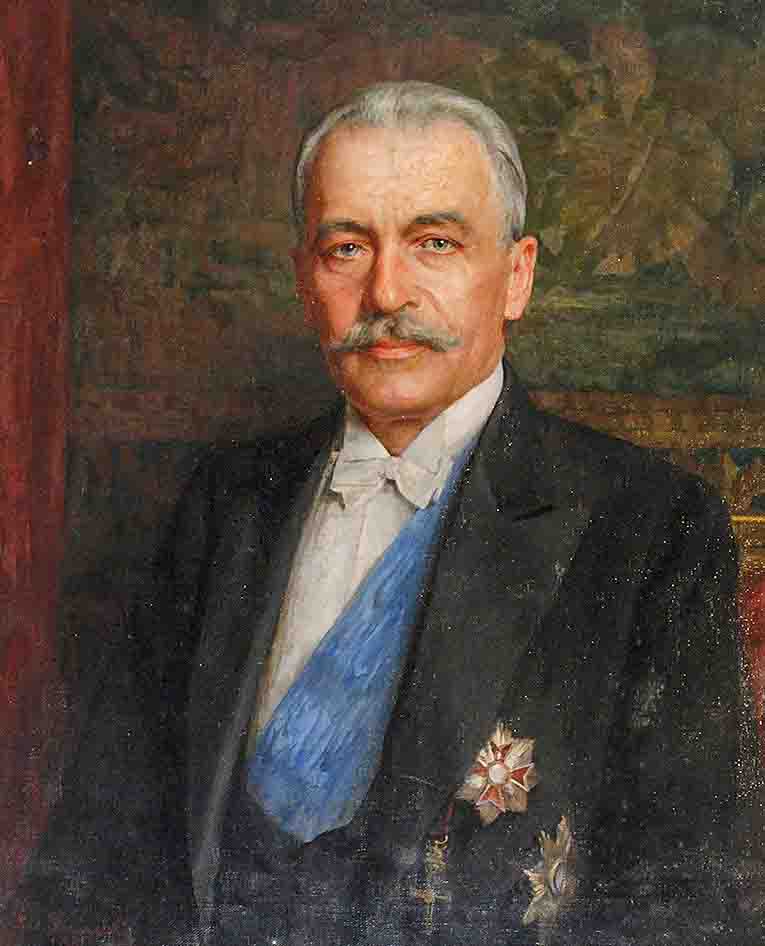
Ignacy Mościcki (1867-1946), portrait by Kazimierz Pochwalski (Source: Wikipedia)
He was born in Mazovia, grandson of a November insurgent and son of a January insurgent. He studied chemistry at the Riga Polytechnic. After the unsuccessful assassination attempt on the Russian governor-general of Warsaw, Josip Hurko, he emigrated to London. He continued his technical studies and activity in the socialist movement. He earned his living with odd jobs. In 1887, he began supplementary studies in mathematics and physics at the University of Friborg. He specialized in electrochemistry.
At that time, Chile's nitrate resources were depleted, and the demand for nitric acid for the production of explosives and fertilizers was enormous. Ignacy Mościcki developed a method of obtaining nitrogen from the air. During the experiments, he also constructed a high-voltage capacitor, which he patented, and the patent was used not only in Europe. He also conducted research in the field of electricity. He invented the protection of electrical cables against destructive electrical discharges. He worked on crude oil distillation processes. He collaborated with the Lviv University of Technology and the Warsaw University of Technology.
After Poland regained independence, he started building the chemical industry. His great success was, within two weeks, the launch of the nitrogen compounds plant in Chorzów, taken over from the Germans. The Germans did not leave the technical documentation and took 80 percent of the technical staff with them, yet the plants started up, expanded their product range and increased production. In the years 1928–1930, as president, he was the initiator and builder of the largest State Nitrogen Works in Tarnów. 53 factory buildings were built at the cost of 100 million złoty at that time. The district where the factory was located was called Mościska, after him.
Professor and engineer Ignacy Mościcki had a huge output. He was the author of over 60 scientific works, 40 Polish and foreign patents, the use of which he transferred free of charge to the Polish state. He was a member of many scientific societies, including the Polish Academy of Learning, had an honorary doctorate from 17 universities, incl. Sorbonne and both Polish polytechnics: in Lviv and Warsaw (twice).
As president, Ignacy Mościcki, traveling around the country, visited industrial plants under construction and held conferences with economists and engineers. Marshal Piłsudski was the real power in the country, but he respected the president and increased his prestige. On May 8, 1933, Ignacy Mościcki was elected for the second term. After the Marshal's death, the President was embroiled in internal disputes over who would take power after the Chief of State.
On September 17, 1939, he evacuated with the government to Romania. In the appeal he issued, he stated: "We must protect the personification of the Republic and the source of constitutional power from a temporary flood."
In Romania, both the President and the Government were interned and could not discharge their duties. Mościcki then sent a sealed envelope with the name of his successor to Paris, where a new center of emigration authority was being created. It was supposed to be General Wieniawa Długoszewski, but this name caused too much controversy among the opposition centered around General Władysław Sikorski and the French government. Eventually, Władysław Raczkiewicz was appointed president, as the first of the presidents in exile.
Ignacy Mościcki moved to Switzerland and stayed there until his death in 1946.



